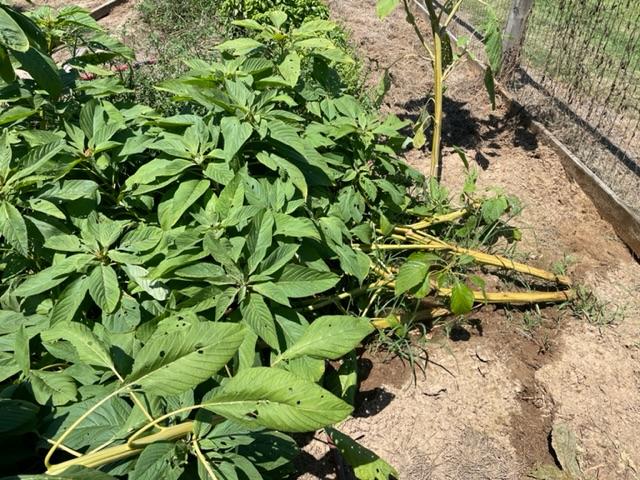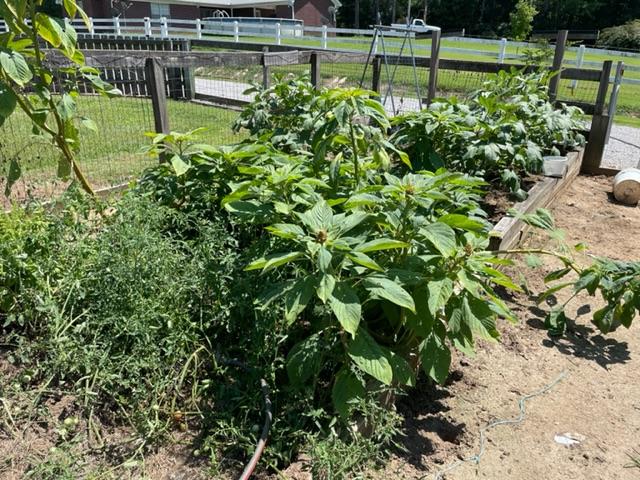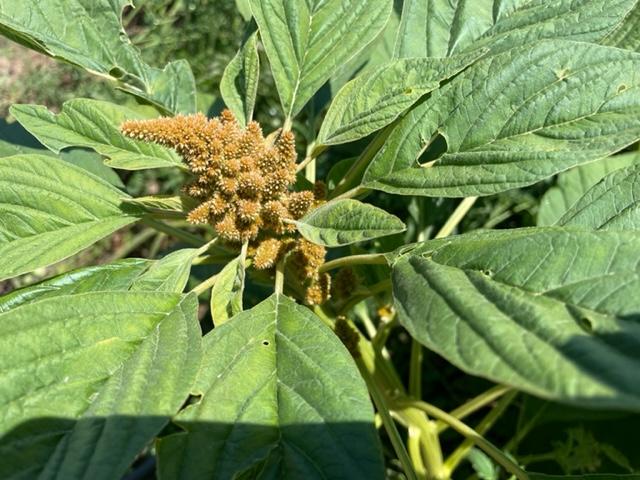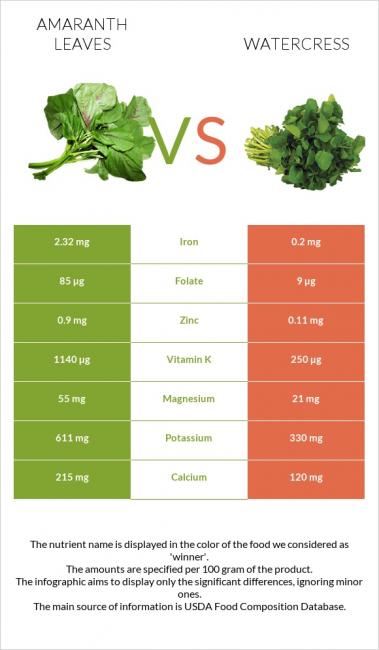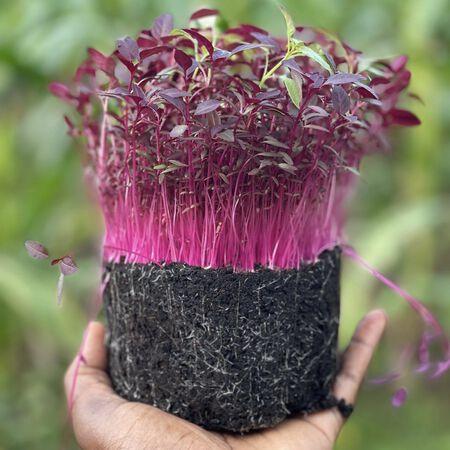Growing amaranth– Lodging
As I’ve stated here and other forums before, I think amaranth is the best overall survival crop. First of all, in some varieties, it is a naturally occurring weed. Farmers fight this weed as it reproduces so quick & is exceptionally hardy. In some areas, it is becoming resistant even to Roundup. It needs little water, no fertilizer & comes back if you cut it down. It is EXACTLY these traits that make it, and especially the commercial varieties, such a valuable survival crop.
I’m not going to go into great detail about amaranth, as I have discussed it in prior discussions. Just let it be known, the whole plant is edible. Young leaves & stems make a great, nutritious salad. Older leaves can be cooked like collard greens. The seeds are likewise exceptionally nutritious and can be ground into flour. What I do want to discuss is that the taller varieties seem to have a tendency toward lodging which is the displacement of stems or roots from their vertical and proper placement. After strong, windy storms, which we have had several lately, most of my small test plot of Copperhead amaranth is now knocked over. Just one plant is still standing. For lots of grain type crops, such as corn, this lodging could cause you to lose your crop. But amaranth, being the weed it is, just keeps on growing. Even when the stalks are knocked flat to the ground, the plants reorient their growth, and keep on growing. In the pics below, you can see they are just now beginning to set their lovely, nutritious seeds.
-
Comments (17)
-
